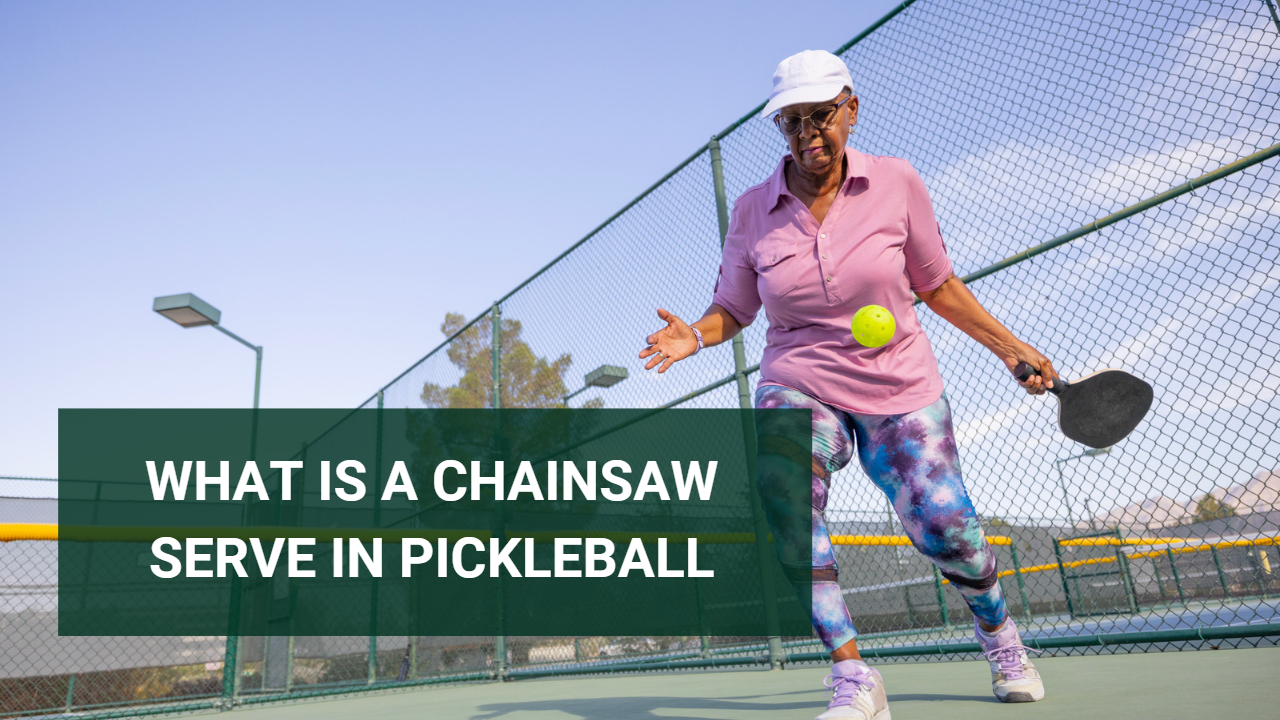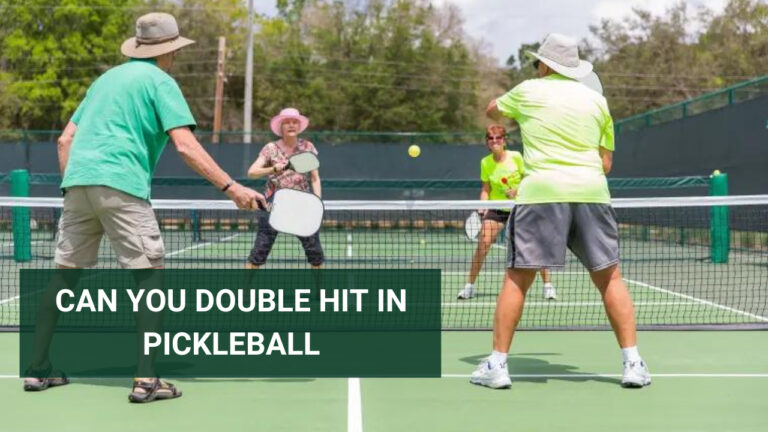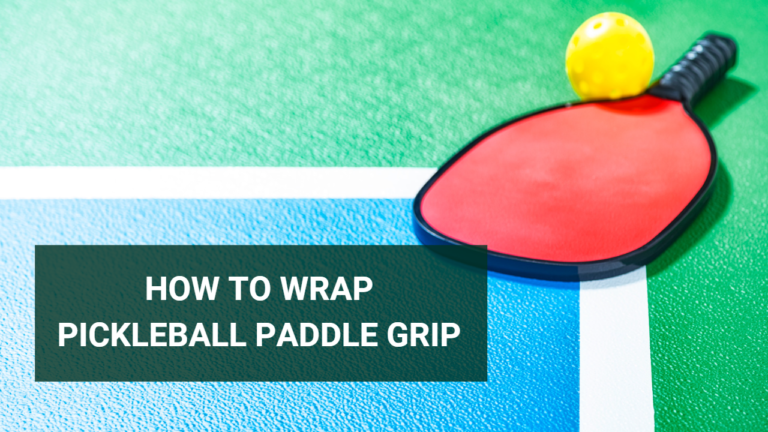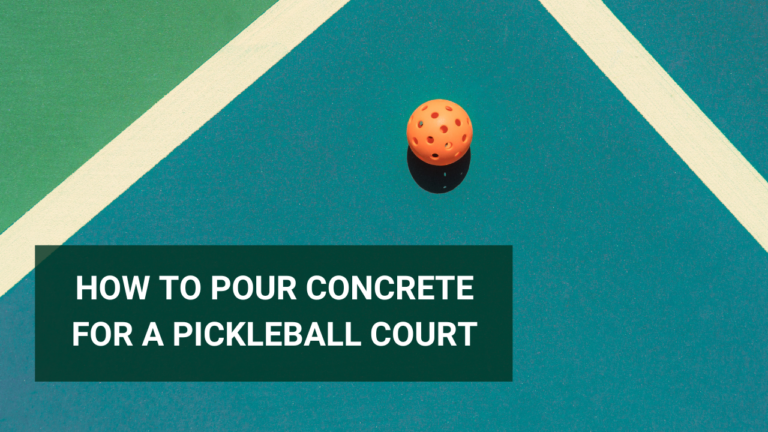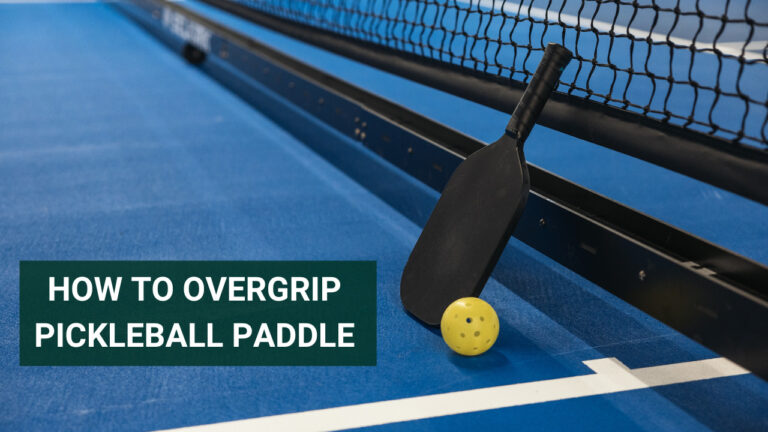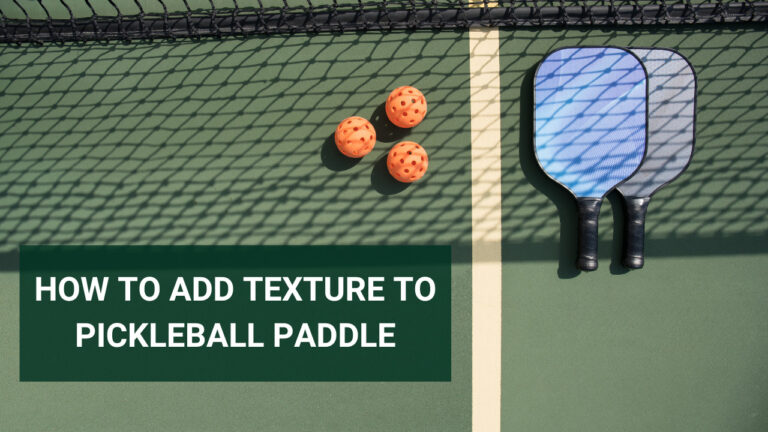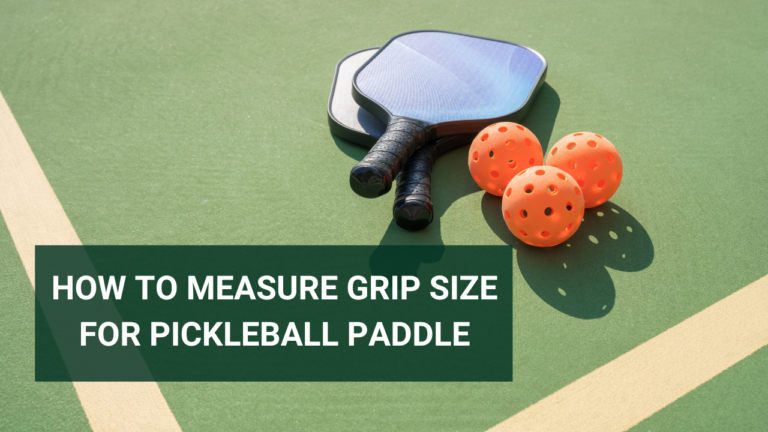What Is A Chainsaw Serve In Pickleball- Complete Guide
Are you an avid pickleball player looking to up your game with a new serve? Look no further than the chainsaw serve! This unique and powerful serve has gained popularity in recent years but has also raised some controversy in pickleball.
The short answer is that a chainsaw serve in pickleball is a type of serve technique where the player swings the paddle in a chopping motion, similar to how one would operate a chainsaw. This technique adds spin and can be used to create different ball trajectories.
Here, we’ll explore what is a chainsaw serve in pickleball and how to execute it properly. We’ll also provide tips on improving your technique and discuss why this particular serve was banned in professional play.
So grab your paddle and dive into the exciting world of the chainsaw pickleball serve!
What is a chainsaw serve in pickleball?
The chainsaw serve is a type of pickleball serve that involves an exaggerated motion and sound reminiscent of starting a chainsaw. It’s an overhead serve that’s designed to be intimidating and difficult for opponents to return.
The server begins by bringing the paddle back behind its head, like winding up a chainsaw. Then, they swing the paddle down in front of them with great force while simultaneously making a loud grunting noise.
This unique serve can often catch opponents off guard as it can generate significant spin, speed, and power. However, executing the chainsaw serve requires practice and precision, as mistiming or mishitting the ball can result in faults or injuries.
While some players may consider this serve to be unsportsmanlike due to its aggressive nature, others argue that it adds excitement and diversity to the game. As such, many amateur players still use this technique despite being banned from professional play.
In summary, if you’re looking for a powerful yet unusual way to shake up your game on the pickleball court- give the chainsaw serve a try!
How to do a chainsaw serve in pickleball
The chainsaw serve is a powerful and unique technique in pickleball that can give you an advantage during the game.
To execute this type of serve, you need to hold your paddle with both hands as if you’re holding a chainsaw. The grip should be firm but not too tight.
To start serving, stand behind the baseline and toss the ball up into the air with your non-dominant hand.
As soon as it reaches its peak, swing your paddle downwards towards the ball while making a revving motion with both arms, like using a chainsaw.
At the contact point, make sure to strike underhand where there’s enough space between the net & ball so it doesn’t hit it otherwise, it won’t count. Don’t forget about follow-through movement after hitting the ball for better accuracy.
It takes time to master this kind of serve, so don’t get discouraged if you don’t get it immediately.
Keep practicing until you feel comfortable with executing proper form and timing of hitting chain saw serves effectively during play!
Tips for improving your chainsaw serve in pickleball
If you want to improve your chainsaw serve in pickleball, there are several tips that can help you.
- Firstly, focus on your grip and ensure it’s comfortable for you.
- The best way to do this is by practicing different grips until you find the one that works best for you.
- Next, work on developing a consistent motion when serving.
- This means using the same arm swing every time and being mindful of your body position before making contact with the ball.
- Try not to rush through your serve and take the time needed to get into position properly.
- Another tip is to practice at varying speeds and angles so that you can adjust depending on where your opponent is standing or moving.
- Additionally, try incorporating some fake-outs or deceptions in order to keep your opponent guessing about where exactly the ball will land.
- Don’t neglect other aspects of your game such as footwork and positioning which can greatly impact how effective any given serve will be once it makes contact with the opposing team’s court.
By focusing on these various areas of technique during practice sessions, players should see noticeable improvements over time when it comes to their chainsaw serves in pickleball play!
Why the Chainsaw Pickleball Serve Was Banned
The chainsaw serve was once a popular technique in pickleball, but it has since been banned by the USA Pickleball Association (USAPA) due to safety concerns.
The move involves swinging the paddle in an exaggerated motion that resembles a chainsaw, hence its name.
One of the main reasons why this serve was banned is because it can be dangerous for players who are not expecting it. When executed properly, the chainsaw serve can produce an unpredictable spin and speed on the ball, which makes it difficult to return.
- Another reason why this serve was banned is that some players were using illegal paddles with rough surfaces that could damage opponents’ paddles during play. This led to complaints from other players and ultimately forced USAPA officials to take action.
Although the chainsaw serve may no longer be allowed in official tournaments or matches sanctioned by USAPA rules, some amateur players still use it during casual games.
However, they should be aware of potential risks and should only attempt this move if they have proper training and experience executing it safely.
Can You Still Do The Chainsaw Pickleball Serve In Amateur Play?
The chainsaw serve in pickleball is a highly controversial topic, and many players wonder whether they can still use this technique in amateur play.
The answer is not straightforward, as the rules regarding the chainsaw serve vary depending on the organization that governs your local league or tournament.
Some organizations have banned the chainsaw serve altogether due to safety concerns. This type of serve involves slicing through the air with your paddle’s edge at high speed, creating a buzzing sound similar to a chainsaw.
The quick motion requires precise control and timing, which can be difficult for beginners to execute correctly.
However, other organizations still allow players to use the chainsaw serve as long as it meets certain requirements.
For example, some leagues only permit underhand serves that follow specific guidelines regarding height and placement over the net.
Ultimately, if you’re unsure whether you can use a chainsaw serve during an amateur game or tournament, it’s best to check with your league organizers beforehand.
It’s always better to err on caution rather than risk disqualification or injury by using an illegal move during play.
Conclusion
The chainsaw serve in pickleball is a powerful and unique technique that can provide players with an advantage. While it is prohibited in professional play, amateur players can still use this serve by following proper technique and safety precautions.
Mastering the chainsaw serve requires consistent practice, focusing on factors like spin, ball toss placement, grip pressure, and maintaining a straight elbow throughout the swing.
Incorporating the chainsaw serve into your game can add variety and effectiveness to your serves, improving your overall performance on the court.
FAQs:
What is an illegal pickleball serve?
The illegal in pickleball serve is a serve that violates the rules and regulations of the game. This can include serving from the wrong area, failing to make a proper underhand swing, hitting the ball above the waist level, or using prohibited techniques such as the sling or the helicopter serve.
Can you bounce the ball before a pickleball serve?
Yes, you can bounce the ball before a pickleball serve.
Can you hit the kitchen line on a serve in pickleball?
No, hitting the kitchen line on a serve in pickleball is considered a fault.
How many types of serves are there in pickleball?
There are several types of serves in pickleball, including the drive serve, lob serve, and drop
Serve.
Can you switch hands in pickleball?
Yes, you can switch hands in pickleball.
